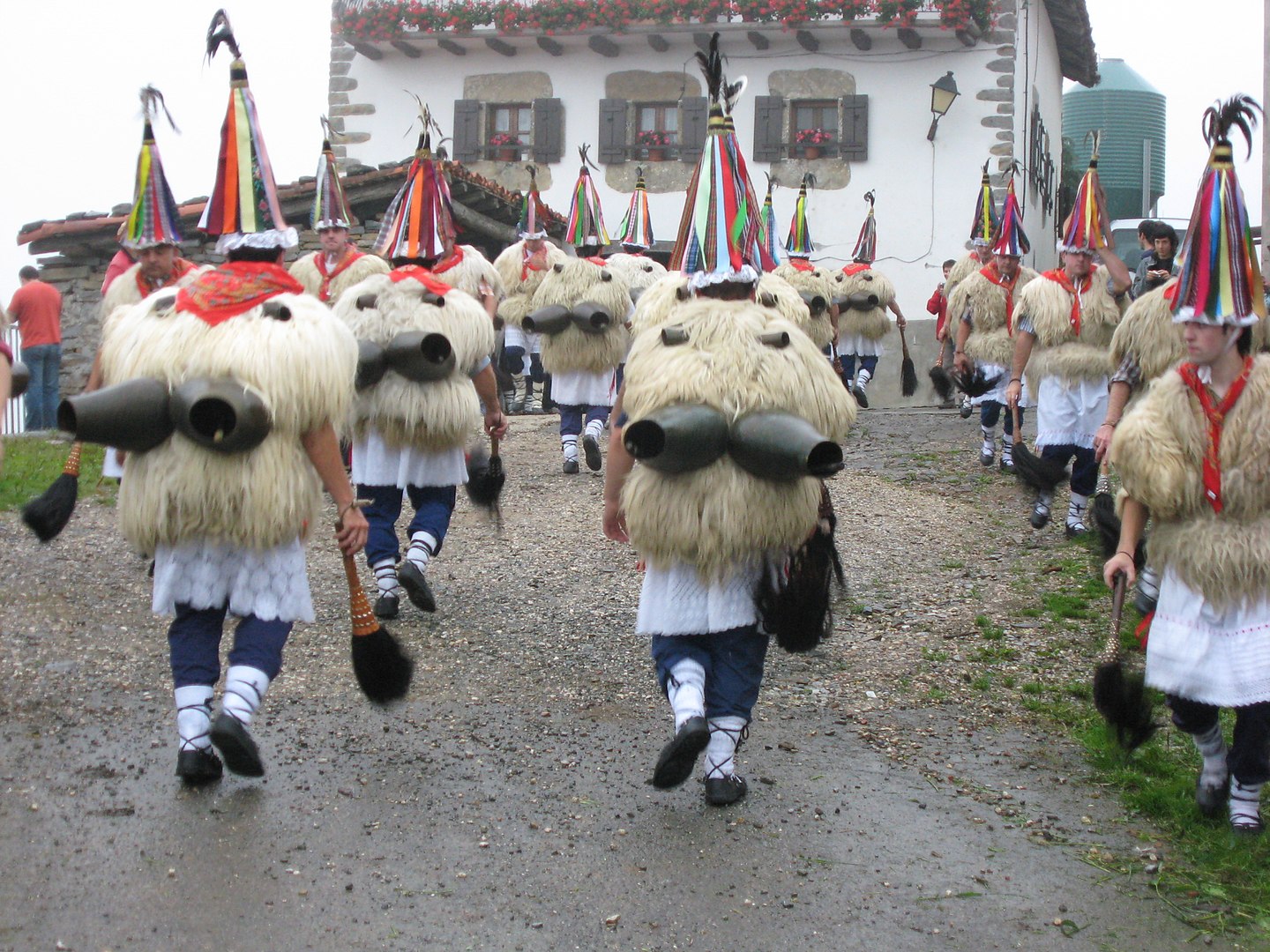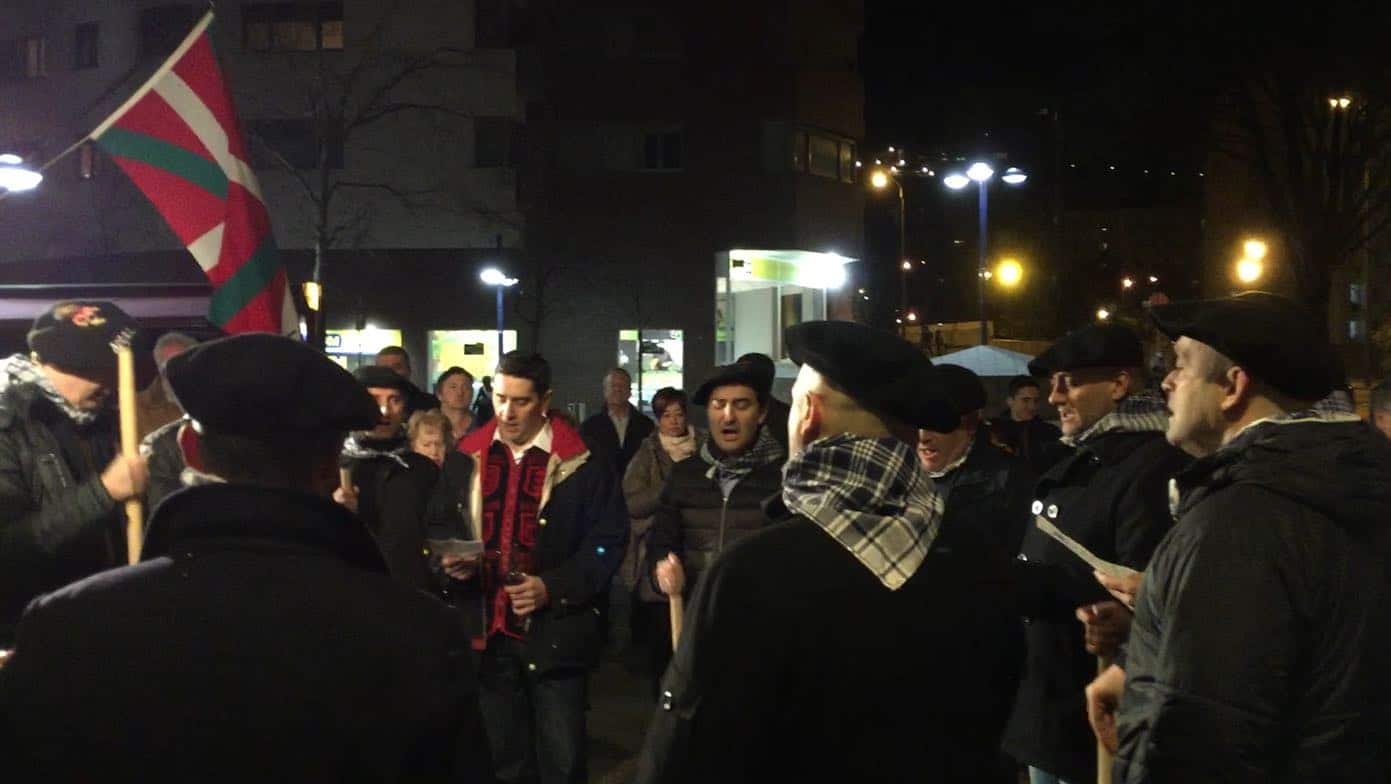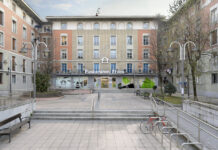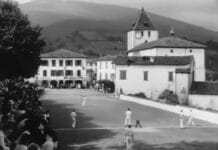As we’ve said on many occasions, every February on the eve of St. Agatha’s Day, all over the Land of the Basques, groups of people of all ages head out to sing the coplas dedicated to this saint. This also occurs in many places around the world where Basques have emigrated to. This is, of course, as we always say, because the Land of the Basques is wherever Basques are.
Tradition is that in the morning, choruses of girls and boys start forming, and later in the evening, choruses of people of all ages, and they start roaming the streets singing the songs dedicated to this Sicilian saint, while wearing traditional clothing and beating the ground with big sticks, marking the rhythm of the song.
It’s curious that the Basques commemorate a holy day dedicated to a young woman from Catania who was martyred in the third century. The most likely story is that, yet again, a pagan holiday was “Christianized.”
Experts on the matter believe that it’s an “update” of a tradition that’s much older than the arrival of Catholicism and that the purpose of the songs and beating the ground was to wake the earth up after with winter, so that the spring would come and life would be born anew. This is very similar to what happens in the Carnivals in Ituren and Zubieta with the sounds of the Joaldunak or Zanpantzar ringing the cowbells (joareak or joaleak) they wear on their belts.


Whatever the reason behind it, this celebration is deeply rooted among the Basques. When we were little, we never missed any of the celebrations held at St. Agatha’s Chapel at the base of Mount Arroletza in Barakaldo. We still remember how the “old people” commented how these occasions, when the romerías were sung, were one of the few times Basque could be used on the streets during the Franco dictatorship, making this celebration an act of reaffirming Basque society.
We’re joining the celebrations early this year, sharing a video we recorded in 2016.
Last Updated on Feb 3, 2022 by About Basque Country































